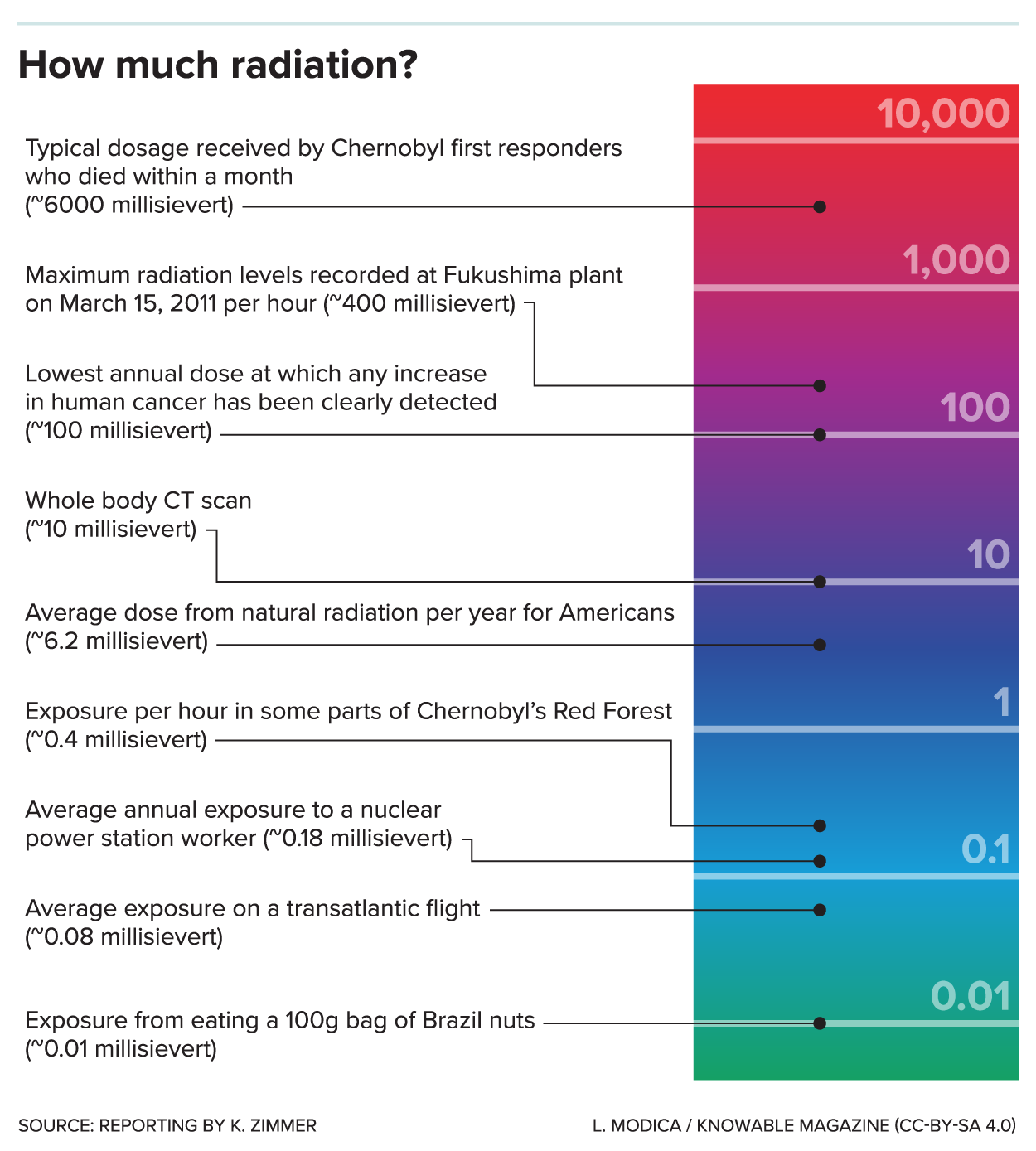Home-stored product entomology
Home-stored product entomology is the study of insects that infest foodstuffs stored in the home. It is a branch of forensic entomology that focuses on the insects associated with stored food products. Insects can cause significant damage to stored foods, leading to economic loss and health risks. This field of study is important for understanding the types of insects that infest food products, their life cycles, and how to control them to prevent infestation and contamination.
Overview[edit | edit source]
Home-stored product entomology involves the identification of insect species that infest food products such as grains, nuts, dried fruits, and spices. The most common pests include the Indianmeal moth (Plodia interpunctella), the saw-toothed grain beetle (Oryzaephilus surinamensis), and the flour beetles (Tribolium spp.). These insects can cause direct damage by consuming food products and indirect damage through contamination with their bodies, feces, and webbing, which can lead to health issues in humans.
Life Cycle and Infestation[edit | edit source]
Understanding the life cycle of these pests is crucial for effective control and prevention. Most stored product insects undergo complete metamorphosis, consisting of egg, larval, pupal, and adult stages. The duration of their life cycle can vary depending on environmental conditions such as temperature and humidity, as well as the availability of food.
Infestations can occur at any point in the food chain, from the farm where the food is produced to the processing facilities, during transportation, or within the home. Insects can enter homes through purchased infested food products or by infiltrating from the outside.
Prevention and Control[edit | edit source]
Prevention and control of infestations involve several strategies, including:
- Sanitation: Keeping storage areas clean and free of food debris to reduce attractants for pests.
- Inspection: Regularly checking stored food products for signs of infestation.
- Temperature control: Storing susceptible food products in cool or cold environments to slow down or inhibit insect development.
- Packaging: Using sealed containers to prevent access by insects.
- Biological control: Utilizing natural predators or parasites of the pests as a control method.
- Chemical control: Applying insecticides, although this is generally considered a last resort due to potential contamination of food products.
Importance[edit | edit source]
The study of home-stored product entomology is important for several reasons. Economically, it helps reduce food waste and financial loss by preventing infestations. From a health perspective, it aids in preventing foodborne illnesses associated with insect-contaminated foods. Additionally, understanding the behavior and ecology of these pests can lead to more effective and environmentally friendly control methods.
| Home-stored product entomology Resources | ||
|---|---|---|
|
| |
Navigation: Wellness - Encyclopedia - Health topics - Disease Index - Drugs - World Directory - Gray's Anatomy - Keto diet - Recipes
Search WikiMD
Ad.Tired of being Overweight? Try W8MD's physician weight loss program.
Semaglutide (Ozempic / Wegovy and Tirzepatide (Mounjaro / Zepbound) available.
Advertise on WikiMD
WikiMD is not a substitute for professional medical advice. See full disclaimer.
Credits:Most images are courtesy of Wikimedia commons, and templates Wikipedia, licensed under CC BY SA or similar.Contributors: Prab R. Tumpati, MD





